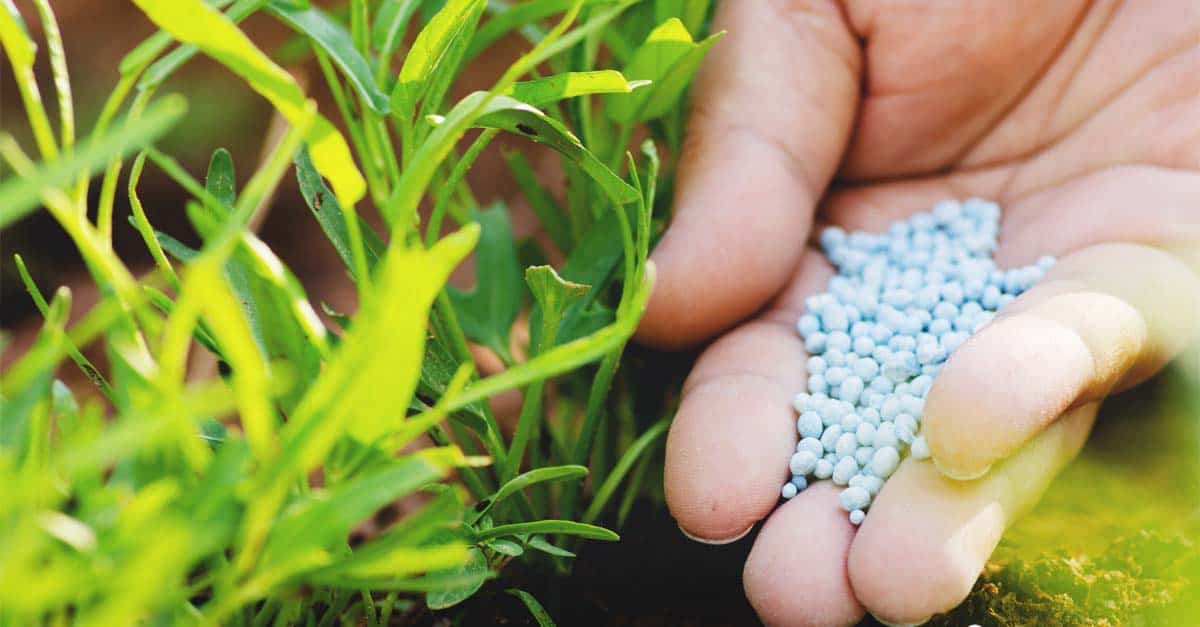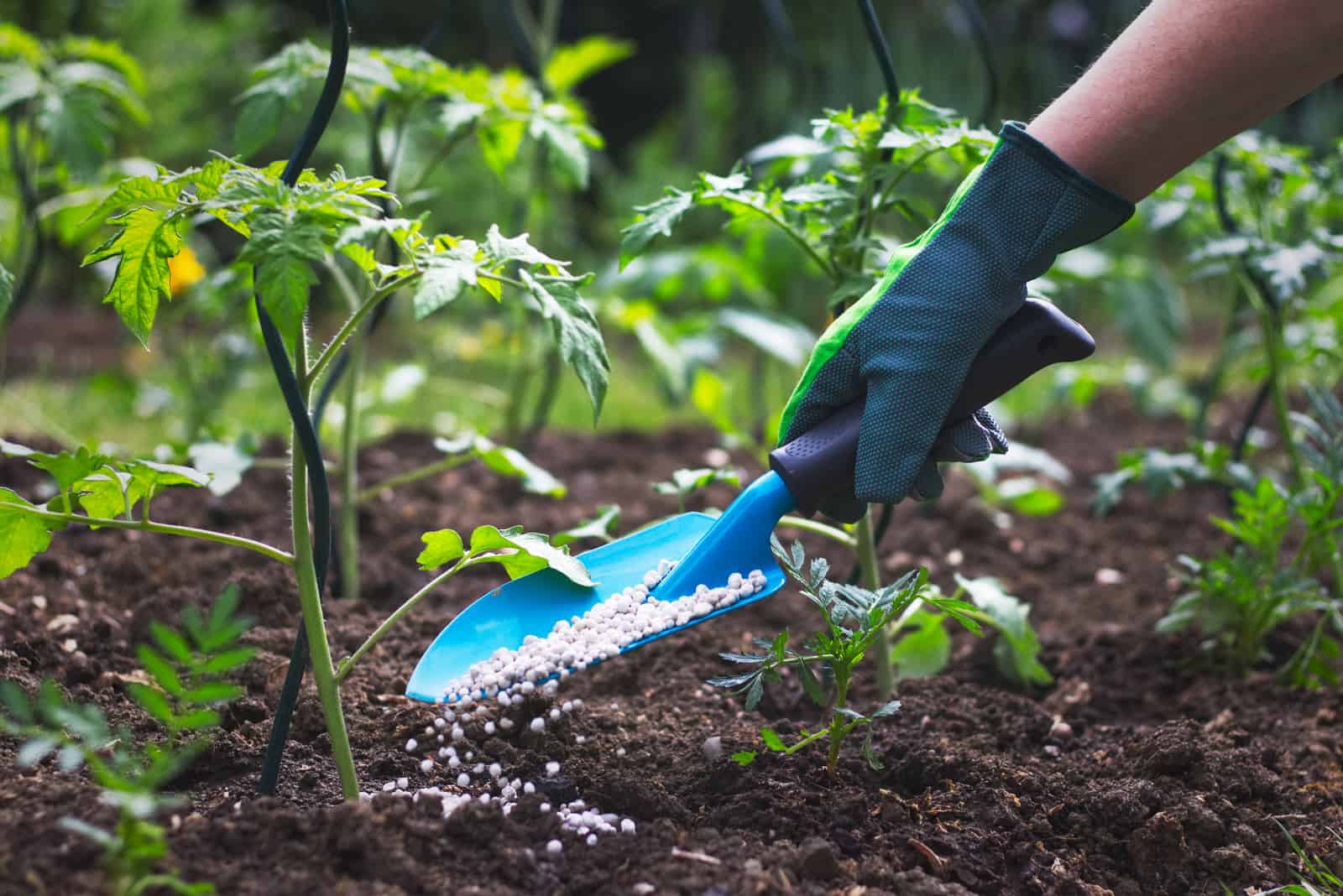Fertilizer: The Best Allaround Fertilizer For Your Plants
Fertilizer: The Best All-Around Fertilizer for Your Plants
Fertilizer is essential for plant growth. It provides the nutrients that plants need to thrive, such as nitrogen, phosphorus, and potassium. Without fertilizer, plants will eventually become nutrient-deficient and start to show signs of stress, such as yellowing leaves, stunted growth, and poor flowering.
There are many different types of fertilizer available, so it can be difficult to know which one is the best for your plants. In this blog post, we will discuss the best all-around fertilizer for your plants. We will also provide some tips on how to use fertilizer properly.
What is the best all-around fertilizer?
The best all-around fertilizer is a 10-10-10 fertilizer. This type of fertilizer contains equal amounts of nitrogen, phosphorus, and potassium. Nitrogen is responsible for plant growth, phosphorus is responsible for flower and fruit production, and potassium is responsible for plant health.
A 10-10-10 fertilizer is a good choice for most plants, including vegetables, flowers, and trees. It is also a good choice for lawns and gardens.
How to use fertilizer properly
To use fertilizer properly, you need to follow the directions on the label. The directions will tell you how much fertilizer to use and how often to apply it.
In general, you should apply fertilizer to your plants in the spring and fall. You can also apply fertilizer during the growing season, but be sure to do so only when the soil is moist.
When applying fertilizer, spread it evenly over the soil around your plants. Be sure to water the fertilizer in well so that it can reach the roots of your plants.
Tips for using fertilizer
- Don't over-fertilize your plants. Too much fertilizer can burn the roots of your plants and kill them.
- Don't fertilize your plants too often. Most plants only need to be fertilized once a month during the growing season.
- Don't fertilize your plants in hot, dry weather. The fertilizer will not be able to reach the roots of your plants and will simply evaporate.
- Test your soil before you fertilize. This will help you determine if your plants actually need fertilizer.
Conclusion
Fertilizer is an essential part of plant care. By using the best all-around fertilizer and following the tips above, you can help your plants grow healthy and strong.
20-10-10 fertilizer is a balanced fertilizer that contains equal amounts of nitrogen, phosphorus, and potassium. It is a good choice for a variety of plants, including lawns, gardens, and trees. 20-10-10 fertilizer can help to promote healthy plant growth, strong root development, and abundant blooms.
To learn more about 20-10-10 fertilizer, visit Home Gardening. Home Gardening is a leading provider of fertilizer products and information. They offer a wide variety of fertilizers, including 20-10-10 fertilizer. They also have a team of experts who can answer your questions about fertilizer and help you find the right product for your needs.
FAQ of 20 10 10 fertilizer
Here are some of the most frequently asked questions about 20-10-10 fertilizer, along with valuable insights and solutions:
- What is 20-10-10 fertilizer?
20-10-10 fertilizer is a balanced fertilizer that contains 20% nitrogen, 10% phosphorus, and 10% potassium. Nitrogen is essential for plant growth and color, phosphorus is necessary for root growth, and potassium is important for plant health. 20-10-10 fertilizer is a good choice for a variety of plants, including lawns, flowers, vegetables, and trees.
- Is 20-10-10 fertilizer a good starter fertilizer?
Yes, 20-10-10 fertilizer is a good starter fertilizer for lawns and other plants. It provides the nutrients that plants need to get off to a good start in the growing season. However, it is important to note that not all plants need the same amount of fertilizer. It is always best to consult with a local nursery or garden center to determine the best fertilizer for your specific needs.
- How often should I use 20-10-10 fertilizer?
The frequency of fertilizer application will vary depending on the type of plant, the climate, and the soil conditions. In general, lawns should be fertilized once or twice per year in the spring and fall. Flowers and vegetables may need to be fertilized more frequently, depending on their growth rate. It is important to follow the directions on the fertilizer label carefully to avoid over-fertilizing your plants.
- How much 20-10-10 fertilizer should I use?
The amount of fertilizer you need to use will vary depending on the size of the area you are fertilizing. In general, you should apply 1 pound of fertilizer per 1,000 square feet. However, it is always best to consult with a local nursery or garden center to determine the exact amount of fertilizer you need for your specific needs.
- Can I use 20-10-10 fertilizer on all plants?
No, not all plants can tolerate the same amount of fertilizer. Some plants, such as rhododendrons and azaleas, prefer a lower-nitrogen fertilizer. It is always best to consult with a local nursery or garden center to determine the best fertilizer for your specific plants.
- How do I apply 20-10-10 fertilizer?
The best way to apply 20-10-10 fertilizer is to spread it evenly over the soil surface. You can use a broadcast spreader or a hand-held fertilizer spreader. Be sure to follow the directions on the fertilizer label carefully to avoid over-fertilizing your plants.
- What are the safety precautions for using 20-10-10 fertilizer?
It is important to wear gloves and eye protection when handling fertilizer. It is also important to keep fertilizer out of reach of children and pets. If you get fertilizer on your skin, wash it off immediately with soap and water. If you get fertilizer in your eyes, flush them with water for at least 15 minutes and seek medical attention if necessary.
Image of 20 10 10 fertilizer
10 different images of 20-10-10 fertilizer that are free to use:
- Image of a bag of 20-10-10 fertilizer. The bag is white with black lettering. The front of the bag shows the product name, the NPK ratio, and the weight of the bag. The back of the bag has more information about the fertilizer, such as its ingredients and how to use it.
- Image of a scoop of 20-10-10 fertilizer being spread on soil. The soil is dark brown and the fertilizer is a light brown powder. The scoop is filled with fertilizer and is being spread evenly over the soil.

- Image of a plant growing in soil that has been fertilized with 20-10-10 fertilizer. The plant is green and healthy. The leaves are large and the stems are sturdy. The soil around the plant is dark brown and looks loose and crumbly.

- Image of a flower bed that has been fertilized with 20-10-10 fertilizer. The flowers are in full bloom and are a variety of colors. The leaves of the plants are green and healthy. The soil in the flower bed is dark brown and looks loose and crumbly.

- Image of a lawn that has been fertilized with 20-10-10 fertilizer. The grass is green and healthy. There are no weeds or bare spots in the lawn. The soil under the grass is dark brown and looks loose and crumbly.

- Image of a tree that has been fertilized with 20-10-10 fertilizer. The tree is healthy and has lush green leaves. The bark of the tree is smooth and free of cracks or damage. The soil around the tree is dark brown and looks loose and crumbly.

- Image of a vegetable garden that has been fertilized with 20-10-10 fertilizer. The vegetables are growing well and are a variety of colors and sizes. The leaves of the vegetables are green and healthy. The soil in the vegetable garden is dark brown and looks loose and crumbly.

- Image of a farmer spreading 20-10-10 fertilizer on a field. The farmer is wearing a hat, sunglasses, and a long-sleeved shirt. He is using a tractor to spread the fertilizer evenly over the field.

- Image of a truckload of 20-10-10 fertilizer being delivered to a farm. The truck is full of bags of fertilizer. The bags are stacked neatly in the back of the truck.

- Image of a laboratory technician testing a sample of 20-10-10 fertilizer. The technician is wearing safety glasses and gloves. She is using a pipette to add a small amount of fertilizer to a test tube. She is then adding a chemical to the test tube and observing the reaction.

Post a Comment for " Fertilizer: The Best Allaround Fertilizer For Your Plants"